Infrastructure monitoring is often equated to infrastructure management, which can blur the line between two very distinct jobs. While they are different, it’s safe to say that both infrastructure monitoring and management have the same end goals, i.e., to maintain the integrity of the network, secure the server, and optimize performance.
Infrastructure management (IM) has many use cases, and one of those uses cases is infrastructure monitoring. In simpler terms, monitoring is but a part of the big picture, with the big picture being management. Once you learn the key differences, you’ll know how one is dependent on the other.
What is Infrastructure Monitoring?
Infrastructure monitoring is the process of collecting and reviewing information regarding the whole technological infrastructure, which encompasses all the departments and all the networks, servers, and individual devices. Think of it as the superset of all kinds of technological monitoring from hardware to a database to security.
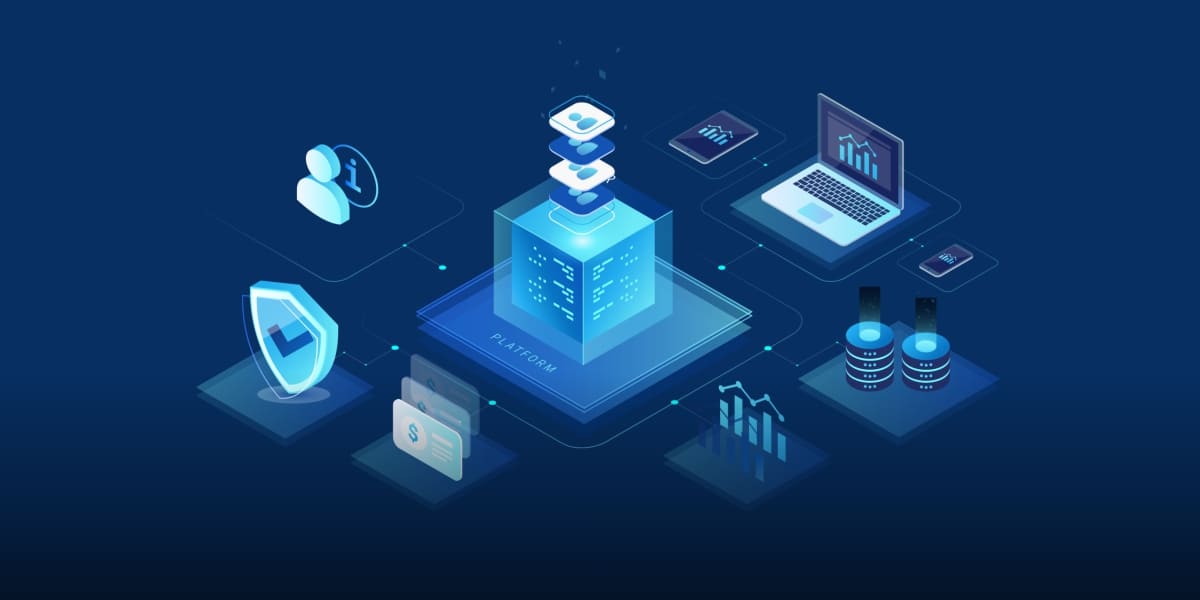
IT infrastructure monitoring is performed by standalone tools that oversee the whole organization and collect and analyze the data. Virtual Metric’s Windows Server Monitoring tool is a Windows infrastructure monitoring tool that oversees all the aspects of the system.
What is Infrastructure Management?
Infrastructure management is the process of managing the components of the technological ecosystem of an organization. It may include data, network, equipment, standards, policies, and human resources.
Technology is a vital part of any organization from any industry. It requires effective management and standardization to function effectively. IT infrastructure management is all about controlling workflow, improving performance, and mitigating risks for all those components that make up the IT infrastructure of the company.
Key Differences
Just by definition, it’s clear that these are two different things. Even if you were to look up management and monitoring, in general, you’d notice the difference. That’s pretty much also the difference in the context of IT infrastructure.
Monitoring is a Component of Infrastructure Management
The biggest difference between infrastructure management and infrastructure monitoring is that monitoring is part of management. Management is not a single task, but it’s a whole set of tasks. These tasks revolve around all the different components of the infrastructure, one of which is monitoring.
Infrastructure monitoring provides infrastructure managers with the data they need to analyze the state of the infrastructure. So monitoring serves as a vital component of management. Based on the information gathered through monitoring the infrastructure, the management can make changes and quantify progress.
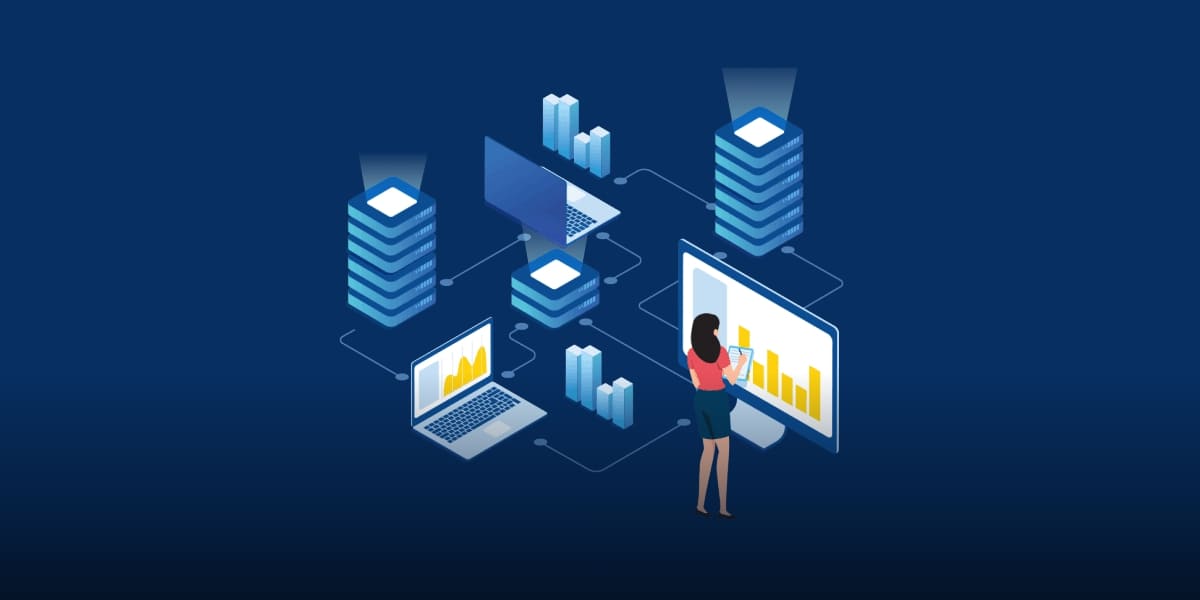
On the other hand, infrastructure monitoring is the continuous collection and review of data on the state of the infrastructure.
Infrastructure Management is the Decision Center
Infrastructure management is responsible for making decisions regarding the infrastructure and all its components. The job of a manager is to organize and communicate with the team and oversee the resources to achieve certain goals. That’s exactly what they strive for with the infrastructure, as it should help achieve the long-term goals.
The decision-making nature of the management of infrastructure distinguishes it from monitoring, which is more of an observational nature. It provides the data managers need to make those decisions. So management is heavily dependent on monitoring.
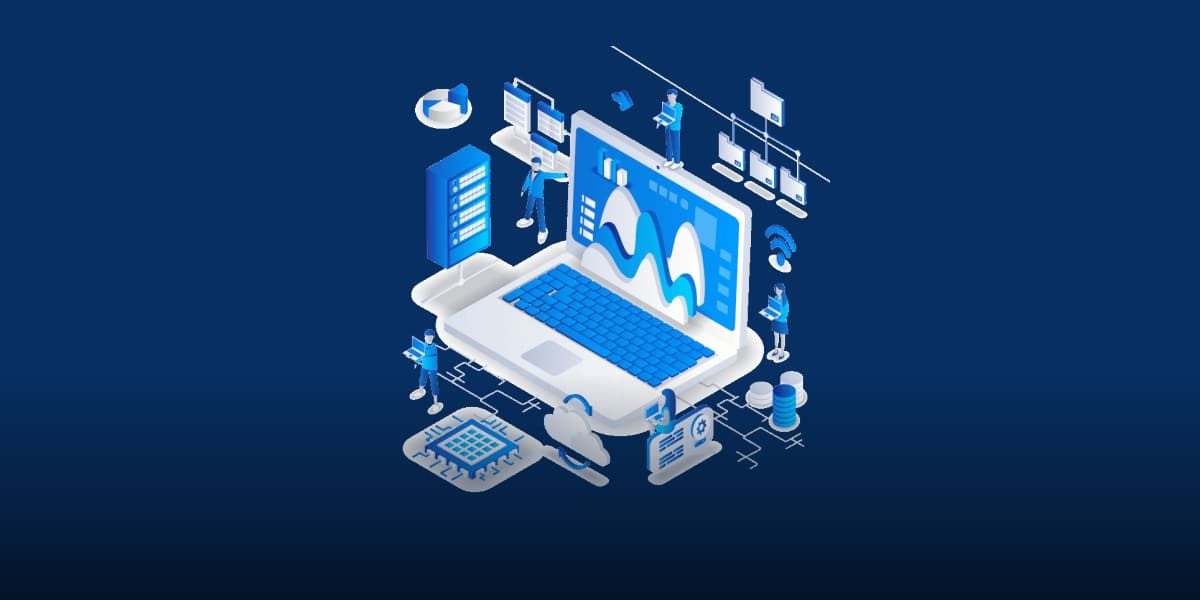
These decisions often include changing strategy, adding more resources, increasing capacity, or decreasing, for that matter. They also have to make decisions on the security of the infrastructure, which is based on data collected through the security monitoring segment of infrastructure solutions.
Monitoring Enables Communication
Technology can be quite complex, especially on an enterprise level. All the operations are interlinked, but that doesn’t mean one would know everything about the other. Only specialists know the jargon and all the details about the process and equipment they are dealing with.
These complexities are often difficult to communicate to the higher-level management, who may not understand the grain-level details and terminology. Monitoring effectively makes communication easier.
Numbers are the natural language of managers. When all the data is processed and compressed into numbers and a graphical representation, it’s easier for managers to understand and make changes accordingly. It also helps save time, as in some instances, decisions need to be made quickly.

With IT infrastructure, there could be thousands of devices, equipment, and people running them. Directly overseeing all of them all the time can only be achieved with a software dedicated to this. Infrastructure monitoring tools help make this process efficient and reliable and turn all data into an executive summary for the management, making communication smooth between the different levels of the organizational hierarchy.
Monitoring is Automated
Infrastructure monitoring is automated most of the time, as a monitoring tool is collecting, analyzing, and reporting all the data. Management is not an automated process with set procedures. It’s rather more dynamic and spontaneous, as the decisions taken are based on the data and current situations.
While monitoring mostly involves computation, which at times, makes suggestions for improvements and optimization, too, the logical part of the process falls on managers. Management cannot be automated, as it involves many parameters. Managers have to make decisions in real-time, weighing all the options.
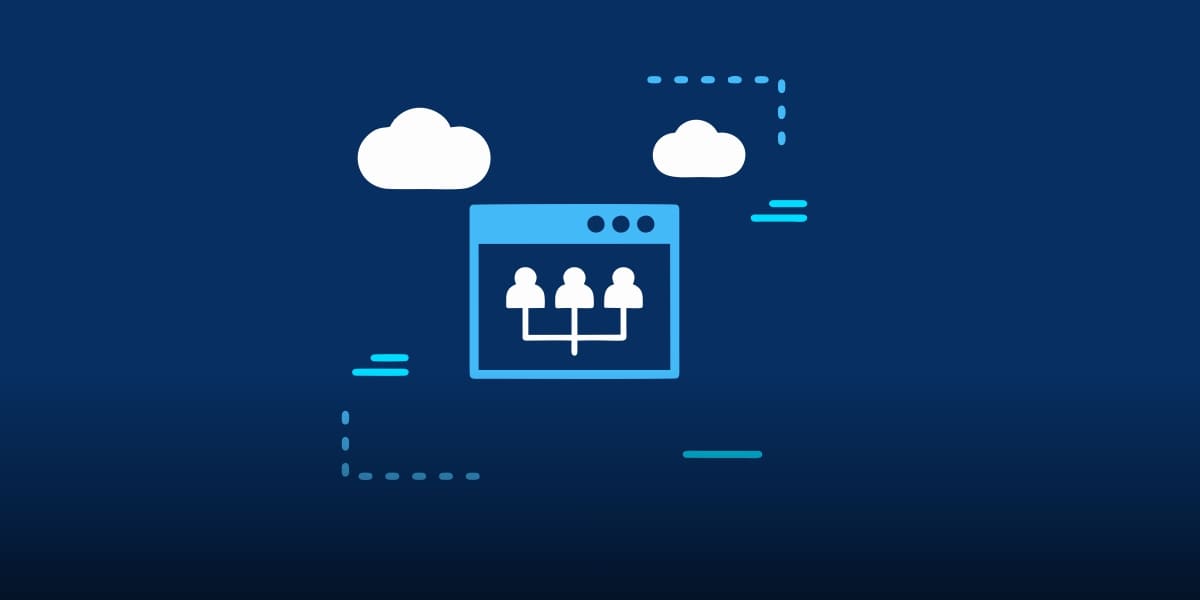
It’s safe to say that monitoring relies almost entirely on technology, whereas management relies on human intelligence. That said, both are connected as the logical decisions management makes is based on the data the tools provide. In other words, the tools enable logical decision making on the part of the infrastructure managers.
Conclusion
No organization can operate without a well-tuned infrastructure. All departments and processes, in one way or another, rely on the infrastructure. Effective infrastructure management can maintain the integrity of the infrastructure and use it to the best of its abilities. That’s only possible with reliable infrastructure monitoring.
Infrastructure solutions like Virtual Metric’s Windows and Linux server monitoring tools essentially address both monitoring and management. Although their direct involvement is in monitoring, the reports they produce help management do its job. So in a way, management is also reliant on monitoring tools.
It’s important to invest in a single system that monitors the infrastructure rather than investing in multiple smaller systems for different parts of the tech ecosystem. By nature, monitoring works well when centralized. So a single console tool covering all components of the infrastructure is important for both monitoring and management.


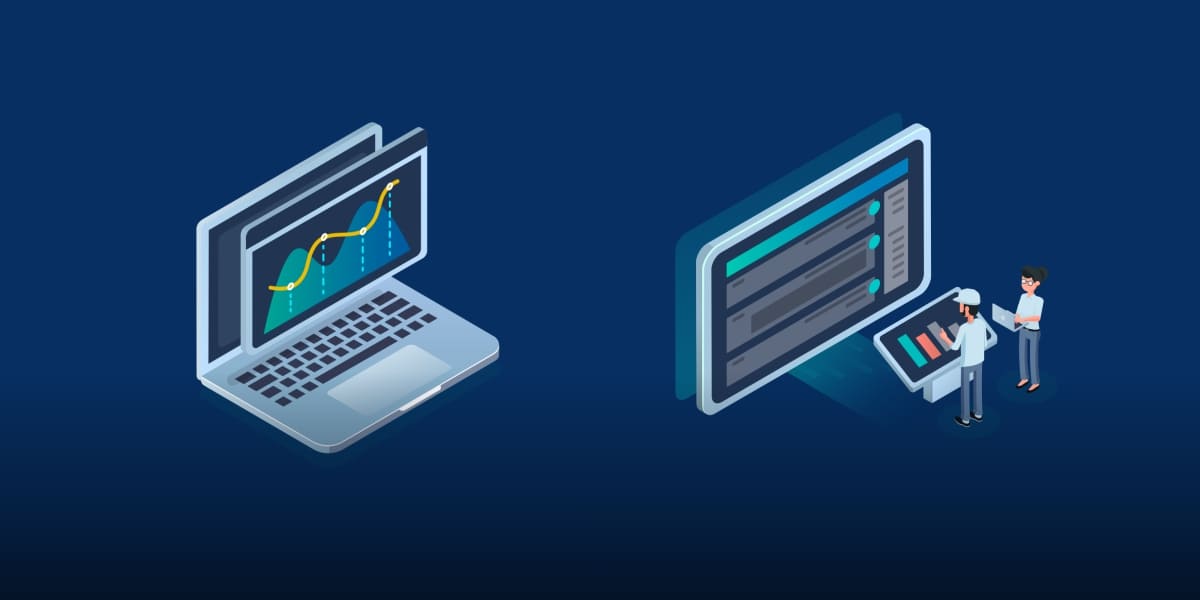
Leave a Reply